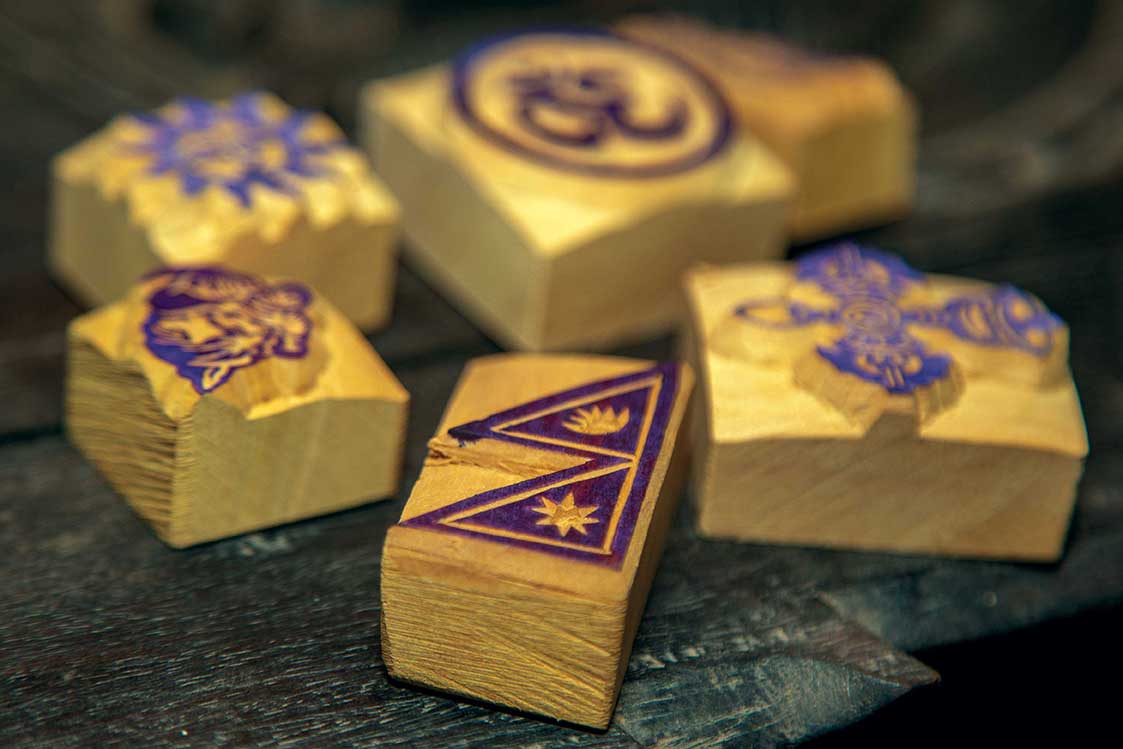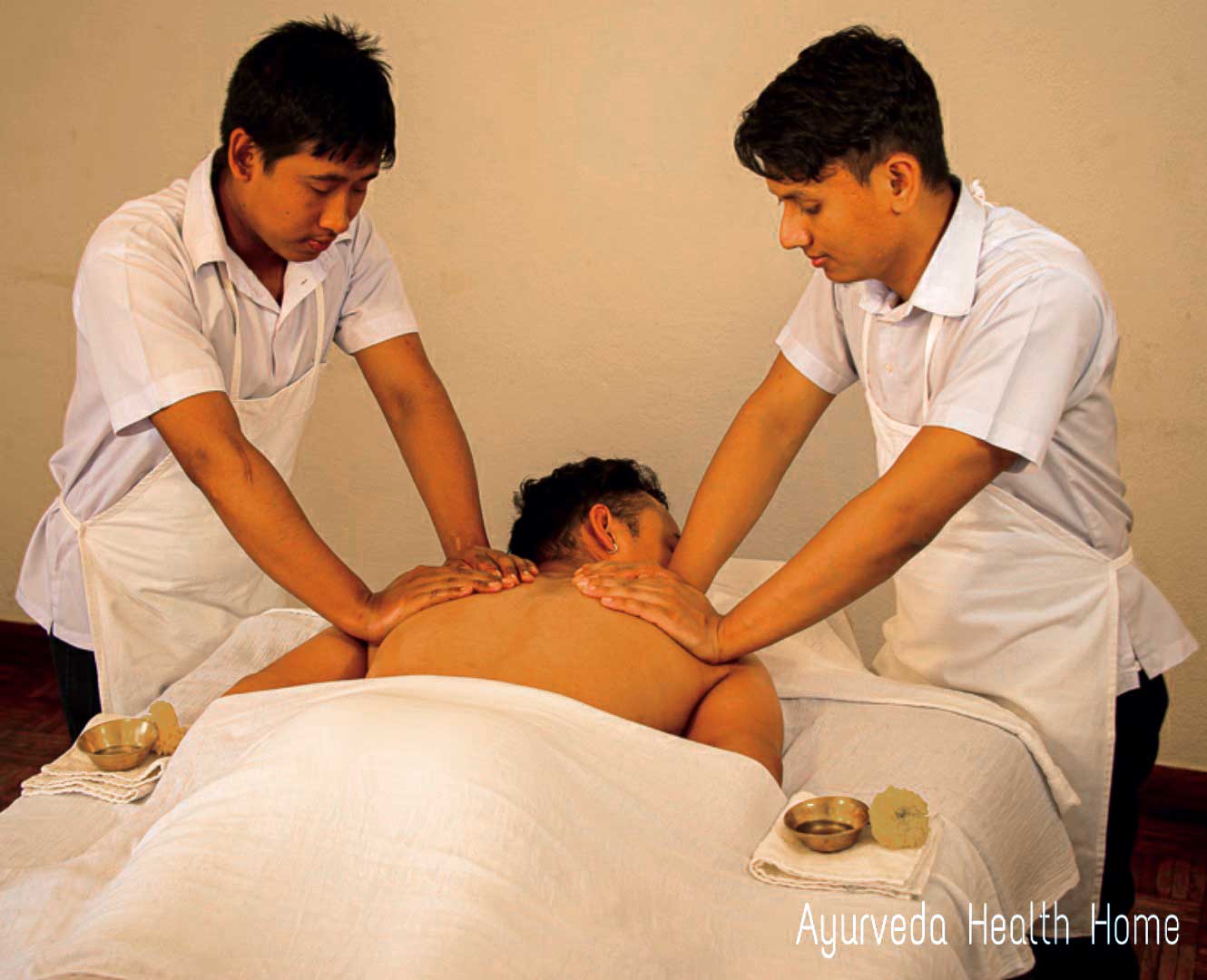The generations of Muslim pote necklace makers in Patan are a study in the complex nature of life in the capital
The Pote shops in the Patan Durbar Square Area also known locally as Mangal Bazaar adds bold shades to the square. The area comes alive with different colorful potes hanging and glistening in the yellow light of bulbs. These little shops are mostly owned by Muslim families who have been occupying these areas with their strings of potes and boxes of bangles for generations.
The ambience is further lit up by the chitchat and laughter of the shopkeepers and customers. The Muslim community, of around 30-35 families living in and around the area, are primarily known as pote sellers and have blended in with the Newari community of the area.
 The colorful tiny glass beads commonly known as ‘pote’ (poh-tay) hold great significances in the lives of Nepali women, especially those belonging to the Brahmin and Chhetri castes. Often woven into strings to make a necklace, these necklaces when worn with long golden beads known as tilhari represent the marital status of women besides bringing in good luck and long life to their husbands.
The colorful tiny glass beads commonly known as ‘pote’ (poh-tay) hold great significances in the lives of Nepali women, especially those belonging to the Brahmin and Chhetri castes. Often woven into strings to make a necklace, these necklaces when worn with long golden beads known as tilhari represent the marital status of women besides bringing in good luck and long life to their husbands.
“Sanchai hunu huncha?” (How are you?) A woman passing by Sakila Banu’s shop inquires and after replying with a smile, she gets back to spooling the ends of the necklace with red and golden yarns. Sakila like most men and women of her generation in her family learnt the job from her grandparents when she was ten years old. That was the family tradition then. “But my daughters do not know how to make potes,” she says adding, “this is something that you will be good at only if you really want to learn and my daughters aren’t interested.” She used to have a small stall on the Durbar Square’s footpath before she shifted to her present, proper shop. Sakila spends her days at the shop, adding tilharis to the pote, stringing pote crystals, besides selling complementing bangles and other make up items.
Across from Sakila’s store, on the temple porch, the husband and wife duo of Amina Banu and Firoz Din have their own stall, somewhere they have been for 42 years now. Wearing his Taqiyah and salwar kameez, Firoz Din sits at the front of the modest stall, tending to their customers. With decades of experience, he can simply feel the hands of his customer to bring out the right size and type of bangles that the customer would like. The revenue earned from the stall used to be their main source of income. Now, the generation after them has chosen other occupations and is no longer in the business. “We have been doing this since forever. Our great grandfathers came to Kathmandu from Kashmir as traders and settled in the area during the Malla era, taking up pote and bangle selling as their means of livelihood,” informs Firoz. “While earlier, Mangal Bazaar was the main market area and people used to come to us when they required potes and choodi (bangles), now you get this everywhere, which has affected our business,” says Firoz Din.
Just like how the potes and bangles add to the beauty of a woman, the pote shops and the warm-hearted pote sellers add to the elegance of Mangal Bazaar area. When this tradition finally comes to a halt, sad but probable after the current generation of pote sellers, Mangal Bazaar will lose more than just a dash of color.










